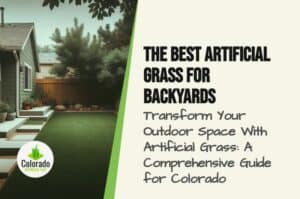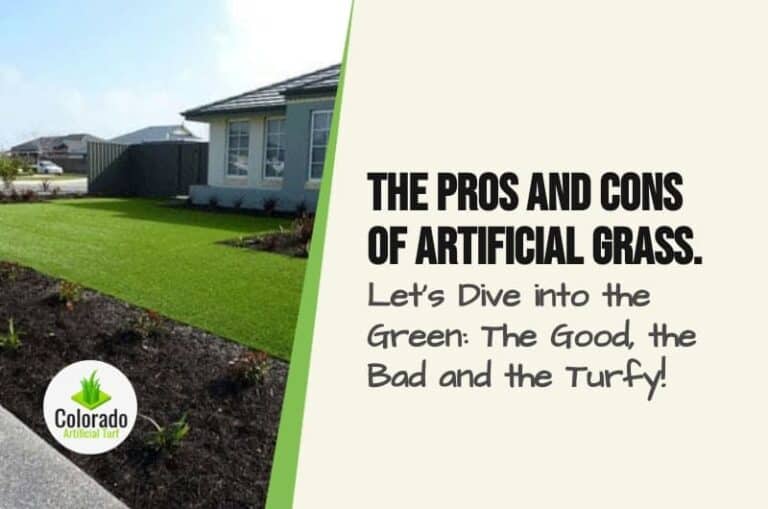Whether you’re in Colorado or anywhere else in the USA, the choice between artificial and natural grass can be a tough one, as both have their unique advantages and disadvantages.
In this guide, we’ll be comparing artificial grass with real grass, to help you understand the differences and make an informed decision as to which grass suits your lifestyle and needs.
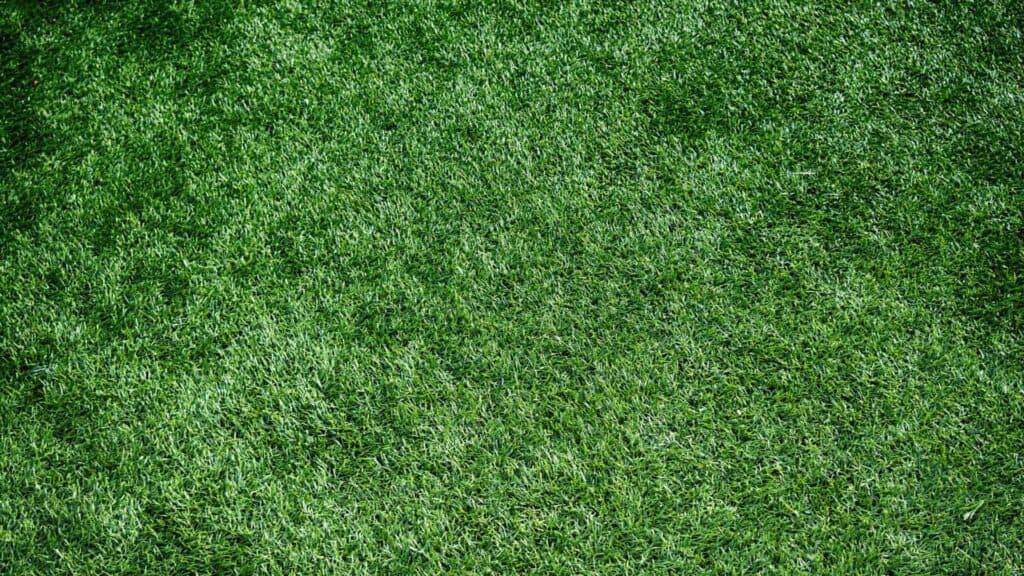
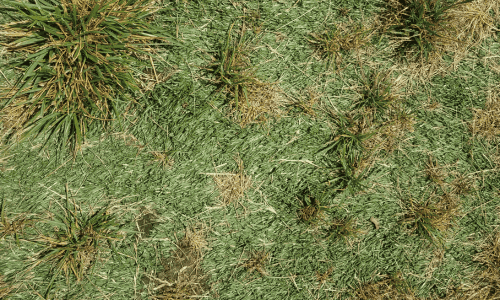
.
Understanding the Differences: Fake Grass vs. Natural Grass
What is Artificial Grass?
Artificial grass, also known as fake grass or artificial turf, is a surface made to mimic the look and feel of natural grass by weaving synthetic fibers into a backing material, with holes for drainage.
The surface is then filled with silica sand and/or rubber granules to provide stability and resilience.
There are several types of artificial grass available, including:
- Polyethylene: Soft and natural-looking, ideal for landscapes, gardens, and playgrounds.
. - Nylon: The strongest type, suitable for high-temperature areas and heavy foot traffic.
. - Polypropylene: The least expensive but also the least durable.
.
Synthetic turf is versatile and can be used in various settings, including:
- Home gardens and lawns, and commercial properties and parks
. - Sports fields and arenas, golf courses, and putting greens
. - Playgrounds and Pet areas
. - High-altitude locations in Colorado where natural grass struggles to grow
.
What is Natural Grass?
Natural grass, also known as real grass, is a plant grown from the ground that requires sunlight, water, and nutrients to grow.
It can be affected by weather conditions, pests, and diseases, which may require additional care and treatment.
In Colorado, popular types of real grass include:
- Kentucky Bluegrass: Known for its beautiful color and texture.
. - Ryegrass: Survives well in colder climates.
. - Buffalograss: A native grass that requires less water.
.
Real grass can be used in areas such as:
- Residential lawns and public parks
. - Sports fields, golf courses and putting greens
. - Playgrounds.
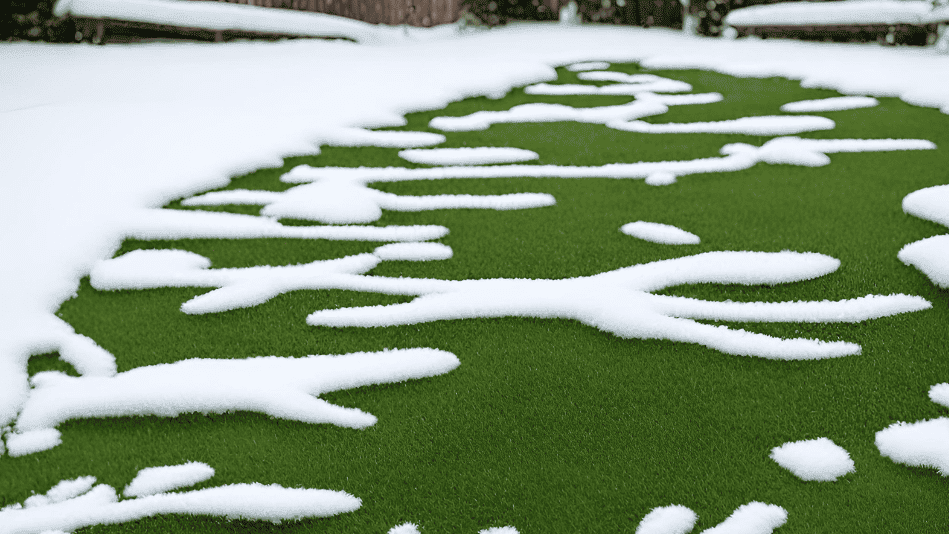

.
The Pros and Cons: Comparing Artificial Grass with Real Grass
Comparing artificial grass with real grass includes considering its own set of advantages and disadvantages, and it’s important to weigh these factors carefully before making a decision, especially if you’re in Colorado with its unique climate and landscape.
Artificial Turf Pros
Artificial or ‘fake’ grass offers several advantages, such as:
- Low Maintenance: Artificial grass doesn’t need to be mowed, fertilized, or watered, saving you significant time and money on maintenance.
. - Durability: Artificial grass can withstand heavy foot traffic, pets, and changing Colorado weather conditions without losing its appeal.
. - Pet and Kid-Friendly: Easy to clean and resistant to damage, artificial grass is made from non-toxic materials and is a great choice for pet owners and children.
. - Aesthetics: Artificial grass provides a lush, green lawn all year round regardless of the weather in Colorado. It also comes in a variety of styles and shades to fit any landscape, enhancing the curb appeal of your home.
. - No Mud or Puddles: Forget about muddy footprints or unsightly puddles, as artificial grass ensures good drainage.
. - Allergy-Free: Artificial grass is hypoallergenic, making it an excellent choice for those with grass allergies.
Imagine having a family barbecue on your lush, green lawn in the middle of a dry Colorado summer. With artificial grass, this is possible, without worrying about watering or maintaining the lawn.
.
Artificial Turf Cons
Artificial grass, though it provides a low-maintenance and evergreen solution, has its share of disadvantages:
- Initial Cost: The upfront cost of artificial grass can be quite high compared to natural grass. This includes the cost of the turf itself, installation, and any necessary ground preparation.
. - Heat Retention: Artificial grass tends to absorb and retain more heat than natural grass, which could make your yard uncomfortably warm during Colorado’s hot summer months.
Newer types of artificial grass are designed with special infill or cooling technology that can help reduce this effect.
.
- Personal Preference for Natural Grass: Some people prefer the feel and smell of natural grass, and whilst artificial grass can mimic the appearance of natural grass, it won’t feel or smell the same.
.

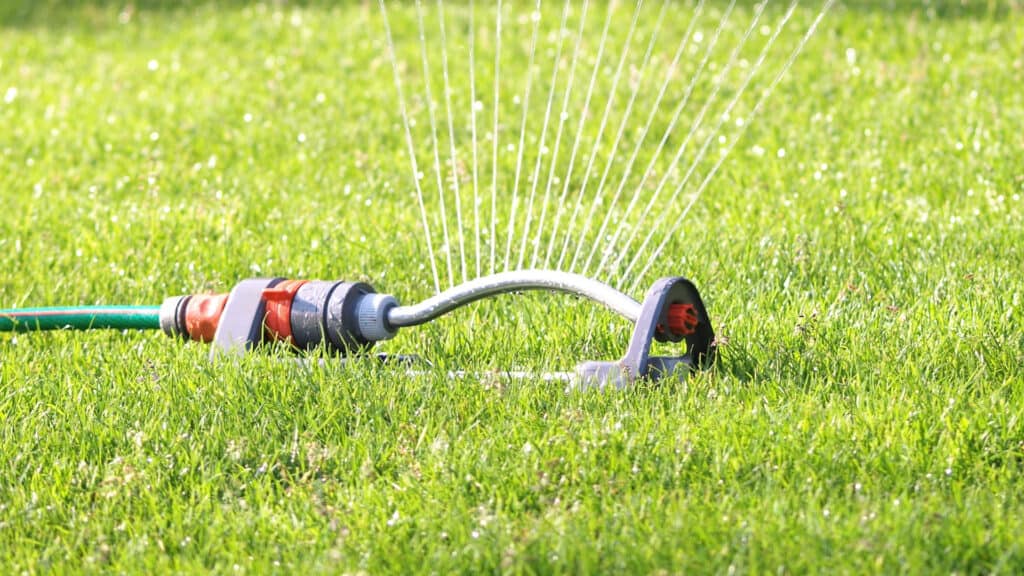
.
The Pros of Natural Grass
Natural grass also has its unique benefits:
- Natural Look and Feel: Natural grass has a beautiful green hue that can enhance the look of any property. The feel and smell of natural grass can provide a sensory experience that artificial grass cannot replicate.
. - Cooling Effect: Natural grass can help to cool down your yard, making it comfortable even in the heat of a Colorado summer.
. - Aesthetics: A well-maintained lawn can add value to your property and boost curb appeal.
.
The Cons of Natural Grass
Natural grass, while offering a traditional look and feel, also comes with certain challenges:
- Water Usage: Natural grass requires a significant amount of water to keep it looking lush and green. This can be a concern in Colorado, where water conservation is often a priority.
. - Frequent Maintenance: Natural grass needs regular mowing, watering, fertilizing, and weed control, which can be time-consuming and costly.
. - Vulnerable to Pests and Diseases: Natural grass is susceptible to pests, diseases, and fungal infections that can damage its appearance and health and which can require additional maintenance and costs.
. - Seasonal Changes: Natural grass can turn brown and dormant during the cold Colorado winters, requiring reseeding or overseeding in the spring.
If you’re conscious about water conservation, the high water demands of natural grass might be a major drawback, especially considering Colorado’s arid climate.
.

.
Environmental Impact
Understanding the environmental implications realm of lawn care means considering the impact of both synthetic turf and natural grass.
Let’s delve into the specifics of both:
Environmental Impact of Artificial Turf
Artificial turf, presents several environmental benefits, especially in regions like Colorado:
- Water Conservation: Synthetic grass does not need watering, which can save a significant amount of water, particularly in arid regions like parts of Colorado.
. - Chemical-Free Maintenance: Artificial grass doesn’t require fertilizers, pesticides, or herbicides, which are often harmful to the environment.
. - Durability: Artificial grass withstands diverse weather conditions, lasting for a significant period thus reducing demand on natural resources for frequent replacements.
. - Recyclability: Some artificial turf is recyclable, lessening its environmental impact.
. - Reduced Air Pollution: As artificial grass doesn’t require mowing, it reduces the emission of air pollutants from lawnmowers.
.
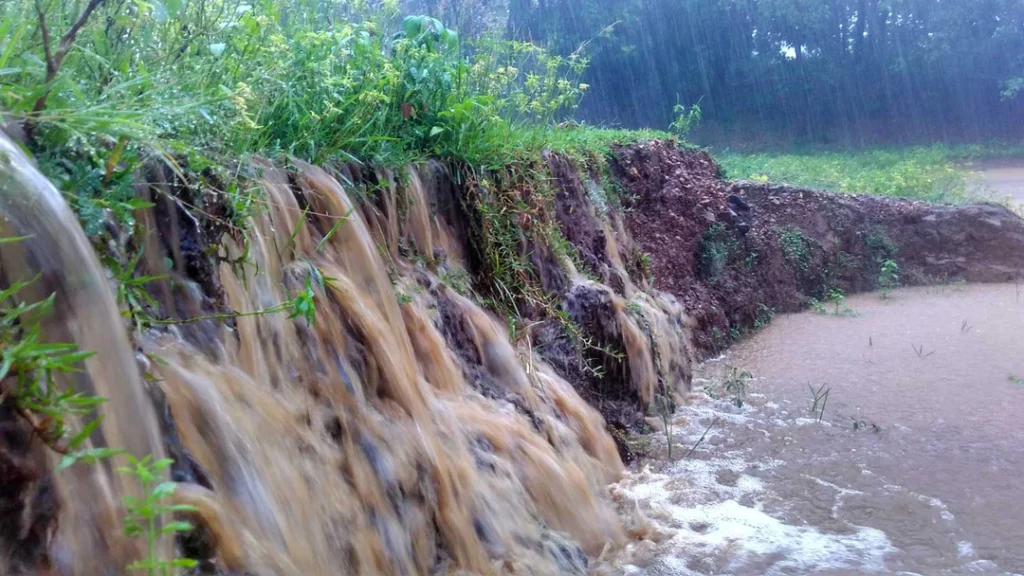
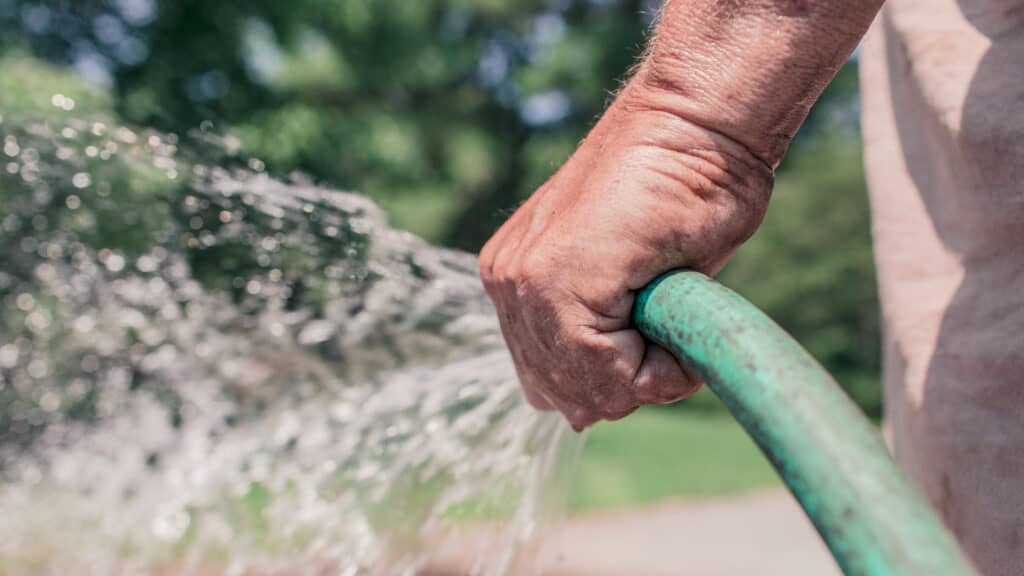
.
Environmental Impact of Natural Grass
Natural grass, while beautiful and traditional, has several environmental disadvantages especially when used in large quantities like in lawns or sports fields.
- Water Usage: Natural grass requires frequent watering, and in water-scarce areas like Colorado, this can strain local water reserves.
. - Chemical Runoff: Fertilizers and pesticides used on natural grass can leach into local waterways.
. - Greenhouse Gas Emissions: Mowing lawns and maintaining grass areas contribute to CO2 emissions.
. - Soil Erosion: Natural grass can contribute to soil erosion, especially on sloping properties and due to over-watering or heavy rainfall.
The environmental benefits of artificial turf is prompting more Colorado homeowners to make the change from real to artificial lawns.
.

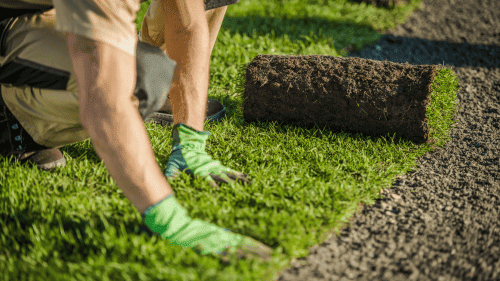
.
Cost Analysis: Artificial Grass Vs Real Grass
When comparing artificial grass with real grass, it is important to consider various factors that would impact the cost of artificial grass versus real grass in Colorado.
Initial Installation Costs
Artificial grass has a higher upfront cost compared to natural grass. However, the benefits it offers are longer lasting.
- Artificial Grass: The installation cost for artificial grass ranges from $5-$20 per square foot, depending on the type of turf you choose. This includes ground preparation, materials, and labor.
. - Natural Grass: The price of installing real grass is usually between $0.50-$2 per square foot, including soil preparation and grass seeding or sod.
.
Long-Term Maintenance Costs
When you factor in the cost of ongoing maintenance, artificial grass typically becomes the more economical option.
- Artificial Grass: As artificial turf requires little to no maintenance, you’ll save on water bills, fertilizer, mowing, and other lawn care expenses.
. - Natural Grass: Requires regular watering, mowing, fertilizing, and pest control, and the average homeowner in Colorado spends between $100-$200 per month on lawn maintenance.
.
Replacement and Repair Costs
The durability of artificial grass can significantly reduce the need for replacements and repairs.
- Artificial Grass: If maintained properly, artificial turf has a lifespan of 15 to 20 years or more with minimal repair needs. If damage occurs, only the affected area needs to be replaced.
. - Natural Grass: Can be damaged by pets, pests, weather conditions, and high traffic, often requiring reseeding or sod replacement, leading to these costs adding up over time.
Whilst artificial grass has a higher initial investment, it can save you money in the long run due to lower maintenance and replacement costs.
.
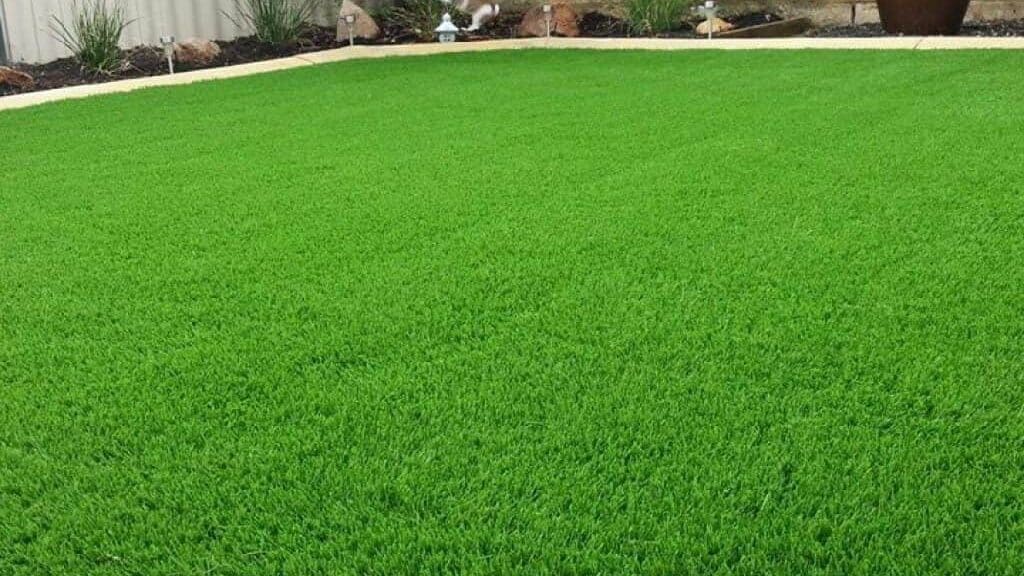
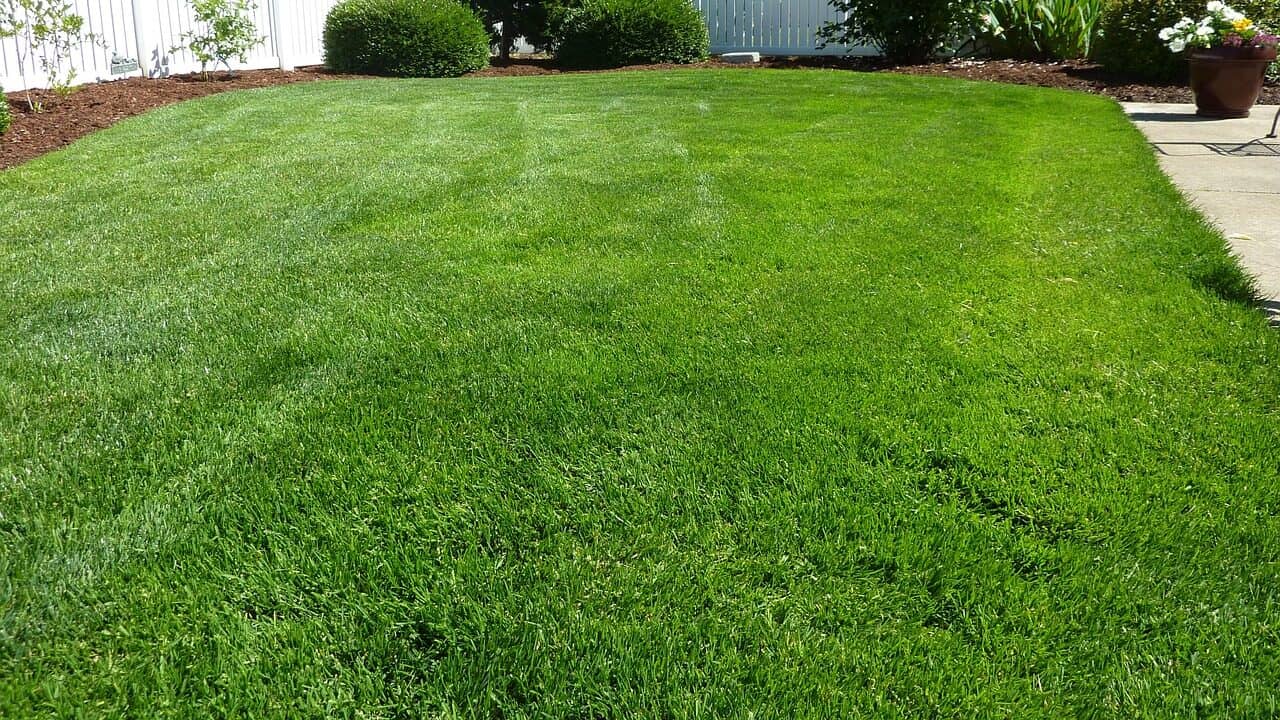
.
Making the Right Choice: Artificial Turf or Real Grass
Choosing between artificial and real grass isn’t an easy decision, but understanding your specific needs and the local conditions can greatly help.
Considerations for Colorado Residents
Let’s look at some factors that are key to Colorado homeowners when deciding between synthetic turf and natural grass:
- Local Climate: Colorado’s weather varies significantly; from hot summers to snowy winters, and artificial turf stands up well to these extreme conditions, retaining its vibrant green color regardless of the season.
. - Usage: High-traffic areas may benefit more from artificial grass as it’s more durable.
If you have pets or children who frequently play outside, artificial grass can withstand this activity without looking worn.
.
- Impact on Property Value: A well-maintained lawn, either real or artificial, can enhance your property’s curb appeal. However, fake grass, with its year-round appeal and low maintenance, is an attractive option to potential buyers.
Remember, artificial turf is an investment that enhances the aesthetic appeal of your home while being mindful of Colorado’s unique climate and conservation needs.

.
Are You Ready to Switch to Artificial Turf?
Give us a call or fill in the easy-to-use online form to get expert advice.








